Table of Contents
- What Is Berbere? A Flavorful Introduction
- History & Origin: From Highlands to Your Kitchen
- Flavor Profile: What Makes Berbere Unique?
- How to Use Berbere Like a Pro: Tips & Tricks
- Berbere Buying Guide: Choosing the Best Spice Blend
- Cooking with Berbere: Recipes & Pairings
- FAQs: All You Ever Wanted to Know About Berbere
- Conclusion: Spice Up Your World with Berbere
What Is Berbere? A Flavorful Introduction
Berbere is a traditional Ethiopian spice blend made from dried chilies, garlic, ginger, fenugreek, coriander, and up to 15 other spices. Known for its complex flavor profile of heat, earthiness, and floral notes, it's essential in Ethiopian cuisine and gaining popularity worldwide.
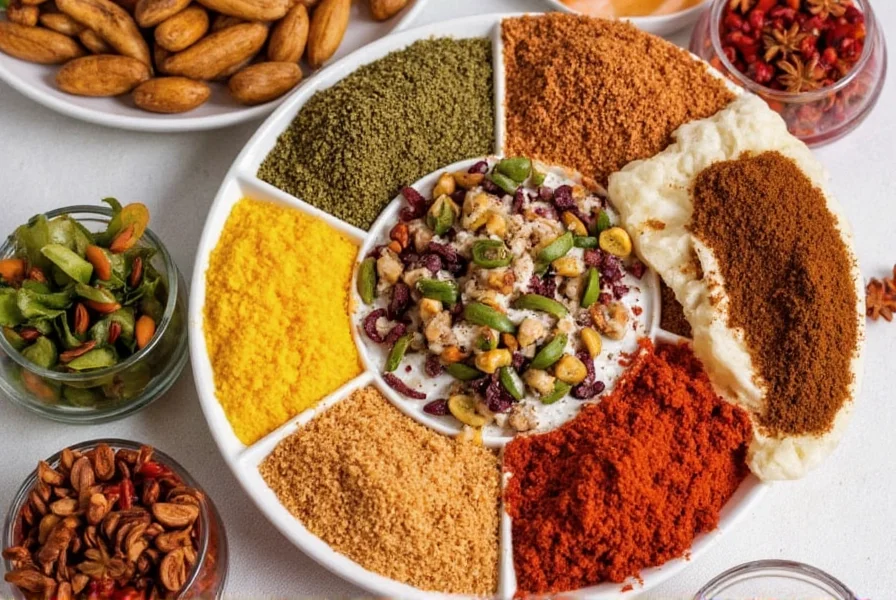
This traditional blend typically contains up to 15 ingredients, including dried chilies, garlic, ginger, fenugreek, coriander, and allspice. Every family and region in Ethiopia has its own version, passed down through generations. It's not just seasoning; it's heritage.
Why Berbere Stands Out
- Versatility: Can be used in stews, marinades, rubs, and even soups.
- Complexity: Layers of heat, bitterness, sweetness, and smokiness in one jar.
- Cultural Depth: Tied to rituals, festivals, and daily meals in Ethiopia.
History & Origin: From Highlands to Your Kitchen
Berbere has roots deep in the highlands of Ethiopia and Eritrea. Used for centuries, this blend was originally prepared by women in households using stone-ground spices. Today, it's embraced worldwide by chefs and home cooks alike who crave bold, complex flavors.
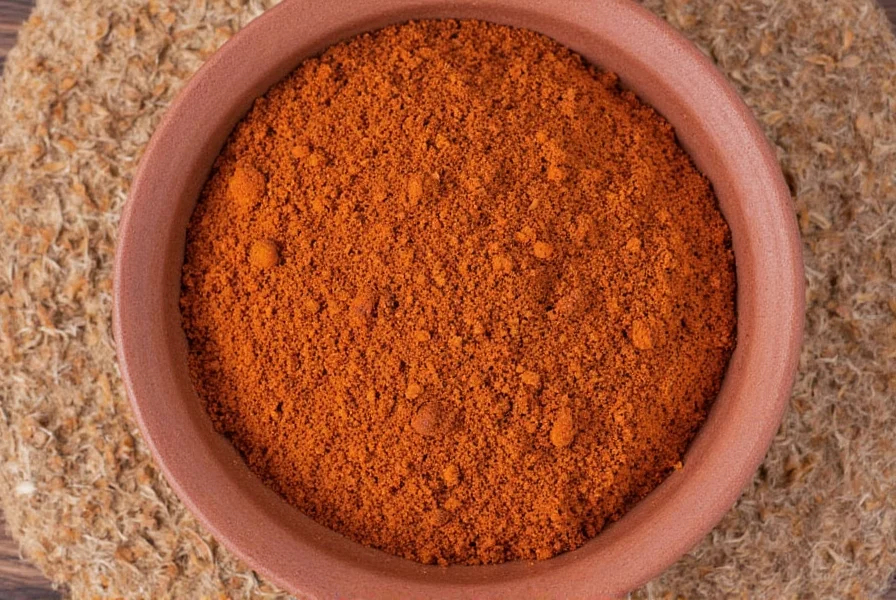
In ancient times, Berbere wasn't just for flavor — it had medicinal uses too. Spices like ginger and turmeric were valued for their healing properties, while chilies acted as natural preservatives. Even today, Berbere remains a staple in Ethiopian kitchens, especially during religious holidays like Genna (Ethiopian Christmas) and fasting periods when rich plant-based dishes dominate menus.
Flavor Profile: What Makes Berbere Unique?
If you've never tasted Berbere before, think of it as chili powder's exotic cousin who traveled the world and came back with a suitcase full of secrets. Its flavor profile is intensely aromatic and spicy, but it's not just about the burn.
| Flavor Element | Description |
|---|---|
| Heat | Medium to hot (depends on chili content) |
| Earthy | Fenugreek, cumin, and coriander shine here |
| Floral | Subtle hints from allspice and cardamom |
| Savory-Sweet | Garlic and ginger add depth |
| Smoky | Comes from sun-dried chilies and roasting process |
Berbere vs Other Global Spice Blends
Let's see how Berbere stacks up against other famous spice mixes:
| Spice Blend | Country | Base Ingredients | Heat Level | Common Use |
|---|---|---|---|---|
| Berbere | Ethiopia | Dried chili, garlic, ginger, cumin, coriander | Medium-High | Doro Wat, vegetarian dishes |
| Garam Masala | India | Cardamom, cinnamon, cloves, cumin, coriander | Mild | Lamb curries, lentils |
| Chili Powder | Mexico | Chili peppers, cumin, oregano, garlic | Low-Medium | Tacos, enchiladas |
| Paprika | Hungary | Sweet or smoked paprika | Mild | Goulash, rice dishes |
| Ras El Hanout | Morocco | Up to 30 spices including turmeric, cumin, cinnamon | Mild-Medium | Tagines, lamb dishes |
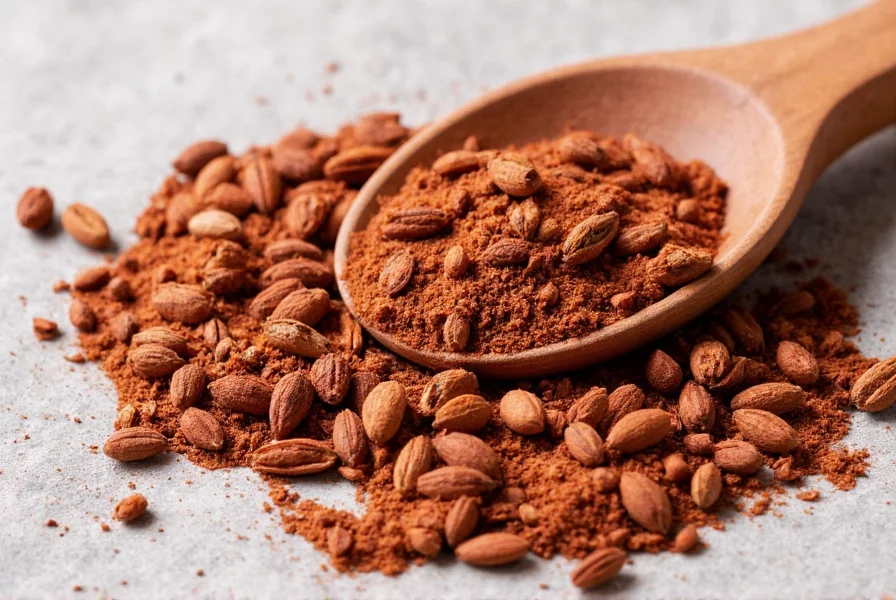
How to Use Berbere Like a Pro: Tips & Tricks
Berbere is a powerhouse ingredient, but knowing how to wield it can elevate your dishes from "meh" to "mind-blowing." Here are some expert-approved tips:
1. Toast It First
Like many spice blends, Berbere benefits from a quick toast in oil or butter. This unlocks the essential oils and enhances aroma and flavor. For best results, add 1 teaspoon of Berbere to 2 tablespoons of hot oil and cook for 30 seconds before adding other ingredients.
2. Balance the Heat
Berbere can be intense. If your taste buds aren't fireproof yet, start small and adjust gradually. A little goes a long way! For beginners, use 1/2 teaspoon per serving and increase as needed.
3. Marinate Proteins
Use Berbere as a dry rub for chicken, lamb, or tofu. Let it sit overnight in the fridge for deeper penetration of flavors. For chicken, mix 2 tablespoons Berbere with 1 tablespoon olive oil and coat evenly before refrigerating.
4. Stir Into Soups & Stews
Add a spoonful to lentil soup, chickpea stew, or tomato-based pasta sauces. It brings warmth and complexity instantly. Try adding 1 teaspoon to your next batch of tomato soup for an Ethiopian twist.
5. Boost Grains & Legumes
Mix into cooked rice, quinoa, or couscous. Or toss roasted vegetables with a touch of Berbere before baking. For roasted sweet potatoes, combine 1 tablespoon Berbere with 1 tablespoon olive oil and coat before roasting at 400°F for 25 minutes.
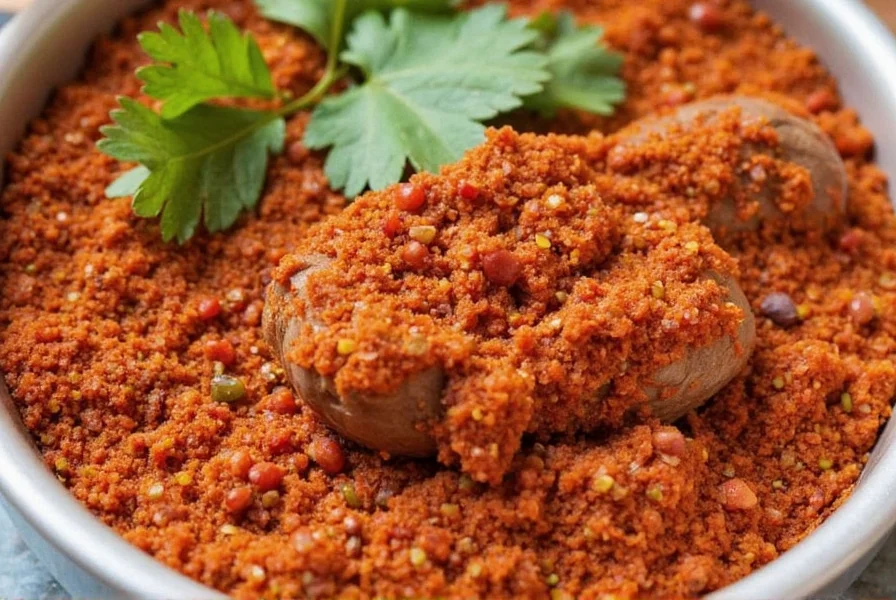
Berbere Buying Guide: Choosing the Best Spice Blend
Buying Berbere doesn't have to be confusing. Whether you're shopping at a local market or online, here's how to pick the best one:
1. Check the Ingredient List
The real deal should contain a mix of spices — not just chili powder and salt. Look for garlic powder, ginger, fenugreek, and warming spices like allspice or cinnamon. Avoid products with fillers like cornstarch or anti-caking agents.
2. Avoid Additives
Avoid brands that load up on fillers like cornstarch or anti-caking agents. You want pure flavor, not fluff. Check for organic certification if you prefer natural options.
3. Buy Small Quantities First
Unless you cook Ethiopian food weekly, start with smaller jars. Spices lose potency over time, so freshness matters. Look for "best by" dates and buy from stores with high turnover.
4. Try Making Your Own
Homemade Berbere lets you customize the heat level and balance of spices. More on that later! For beginners, start with a simple recipe: 2 tablespoons dried red chilies, 1 tablespoon each of garlic powder, ginger powder, and fenugreek, plus 1 teaspoon each of cumin, coriander, allspice, and cinnamon.
Top Berbere Products Reviewed
Here are some top-rated Berbere spice blends currently available:
| Product | Features | Pros | Cons | Best For |
|---|---|---|---|---|
| **The Berbere Co. Organic Blend** | Organic, freshly ground, traditional recipe | Natural, no additives | Higher price point | Home chefs wanting authentic flavor |
| **Spice Garden Authentic Berbere** | Well-balanced heat and aromatics | Good value, easy to find | Slightly less complex than premium versions | Cooking enthusiasts on a budget |
| **MarketSpice Ethiopian Blend** | Locally sourced, artisanal quality | Great for supporting small businesses | Only available online | Gift-giving or niche buyers |
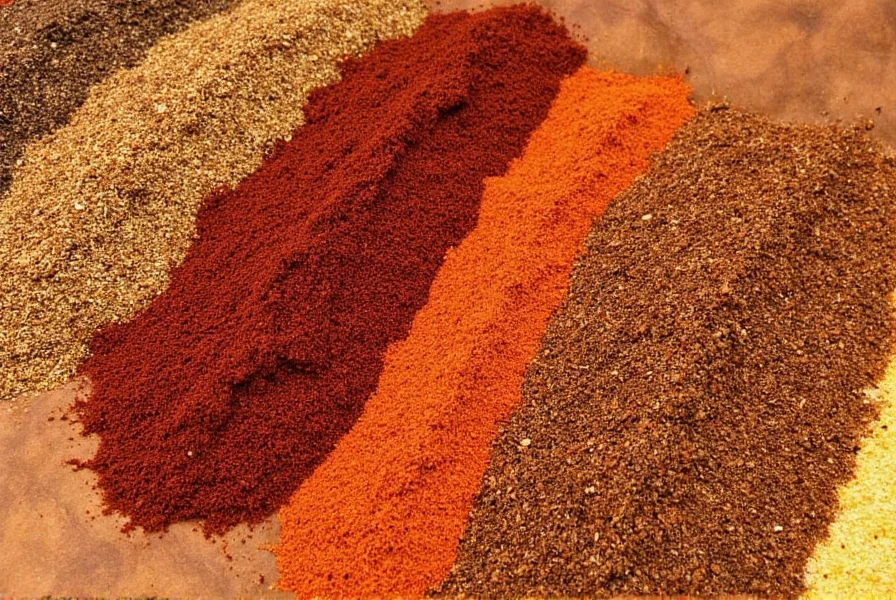
Cooking with Berbere: Recipes & Pairings
Berbere shines in slow-cooked dishes where its flavors can fully develop. Here are detailed recipes to try:
1. Doro Wat (Ethiopian Chicken Stew)
Ingredients: 2 lbs chicken thighs, 2 onions (finely chopped), 3 tbsp Berbere spice, 1 cup tomato paste, 2 cups water, 4 hard-boiled eggs, 1/4 cup vegetable oil, salt to taste
Instructions: 1. Heat oil in a pot over medium heat. Add onions and cook until golden brown. 2. Add Berbere spice and tomato paste, stir well and cook for 2-3 minutes. 3. Add chicken and cook until browned on all sides. 4. Pour in water, bring to a boil, then reduce heat and simmer for 1 hour. 5. Add hard-boiled eggs and cook for another 15 minutes. 6. Season with salt to taste. Serve with injera.
2. Shiro Wat (Chickpea Stew)
Ingredients: 1 cup chickpea flour, 2 cups water, 1 onion (chopped), 2 tbsp Berbere spice, 1 tbsp vegetable oil, 1 tsp turmeric, salt to taste
Instructions: 1. Heat oil in a pot over medium heat. Add onions and cook until soft. 2. Add Berbere and turmeric, stir for 1 minute. 3. Gradually whisk in chickpea flour and water until smooth. 4. Simmer for 20 minutes, stirring occasionally, until thickened. 5. Season with salt. Serve with injera or crusty bread.
3. Berbere-Spiced Lentil Soup
Ingredients: 1 cup red lentils, 4 cups vegetable broth, 1 onion (chopped), 2 cloves garlic (minced), 1 tbsp Berbere spice, 1 tbsp olive oil, 1 tsp cumin, salt to taste
Instructions: 1. Heat oil in a pot over medium heat. Add onions and garlic, cook until soft. 2. Add Berbere and cumin, stir for 30 seconds. 3. Add lentils and broth, bring to a boil. 4. Reduce heat and simmer for 20 minutes until lentils are tender. 5. Season with salt. Serve with lemon wedges for brightness.
4. Grilled Vegetarian Skewers
Ingredients: 2 cups mixed vegetables (zucchini, bell peppers, mushrooms), 2 tbsp olive oil, 1 tbsp Berbere spice, 1 tsp honey, salt to taste
Instructions: 1. Toss vegetables with olive oil, Berbere, honey, and salt. 2. Thread onto skewers. 3. Grill over medium heat for 10-12 minutes, turning occasionally. 4. Serve with yogurt dip or tahini sauce.
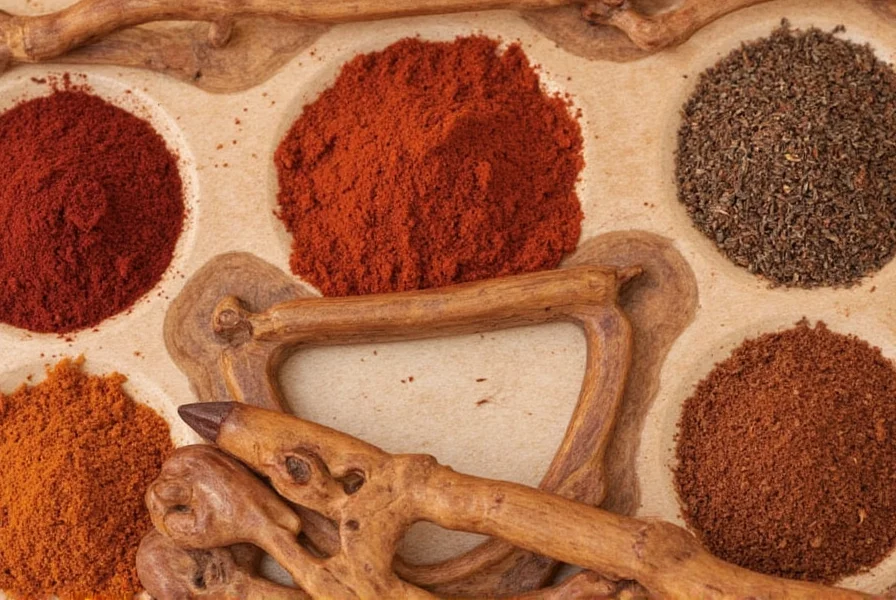
Berbere Flavor Pairings
- Citrus: Balances out the richness and adds brightness. Try lemon or lime juice in marinades.
- Creamy Elements: Yogurt, coconut milk, avocado — they temper the heat beautifully. Add coconut milk to Berbere-based curries.
- Sour Notes: Lime juice, tamarind, or vinegar bring balance to Berbere's earthy punch. A splash of vinegar in lentil soup enhances flavor.
- Umami Boosters: Soy sauce, miso, or mushrooms deepen the flavor base. Use miso in Berbere marinades for extra depth.
FAQs: All You Ever Wanted to Know About Berbere
What's the difference between Berbere and Mitmita?
Mitmita is another Ethiopian spice blend, but it's significantly hotter than Berbere and has a more citrusy flavor profile. While Berbere is complex with earthy, sweet, and smoky notes, Mitmita is primarily known for its intense heat from bird's eye chilies, along with cardamom and cloves. Berbere is used in stews and slow-cooked dishes, while Mitmita is often sprinkled on raw meat dishes like kitfo.
Is Berbere the same as chili powder?
No! While both are spicy, Berbere includes layers of warm spices like allspice and fenugreek, giving it a much more complex flavor. Chili powder is typically just ground dried chilies with sometimes a bit of cumin or garlic powder, while Berbere contains up to 15 different spices.
What Ethiopian dishes absolutely require Berbere to be authentic?
True Ethiopian Doro Wat (chicken stew), Tibs (sautéed meat dishes), and Shiro (chickpea or lentil stew) all require Berbere for authenticity. It's also essential in many vegetarian dishes prepared during fasting periods in the Ethiopian Orthodox Church calendar. Without Berbere, these dishes would lack their signature depth and complexity.
How spicy is Berbere typically?
Berbere ranges from medium to hot on the spice scale, but it varies by recipe. Traditional Berbere is moderately hot with a gradual heat that builds rather than overwhelming immediately. The heat comes primarily from African bird's eye chilies (piri piri), but the blend's complexity means the heat is balanced by earthy, sweet, and smoky notes. Most commercial blends rate around 5-7 on a 1-10 heat scale.
Can I make my own Berbere at home?
Absolutely. In fact, many Ethiopian families do. Just combine dried red chilies, garlic powder, ginger, cumin, coriander, fenugreek, allspice, cinnamon, cloves, and nutmeg in varying proportions. Toast and grind them together. Homemade Berbere allows you to adjust the heat level and freshness to your preference. For best results, toast whole spices before grinding.
Is Berbere gluten-free?
Typically yes, but always check labels if buying store-bought — some may include fillers that contain gluten. Traditional Berbere is naturally gluten-free as it's made from ground spices only. However, commercial blends might be processed in facilities that handle gluten-containing products, so look for certified gluten-free options if you have celiac disease.
How long does Berbere last?
Store it in an airtight container away from sunlight. Ground Berbere lasts 6–9 months, while whole spices keep longer. To maximize shelf life, store in a cool, dark place. The oils in the spices will gradually degrade over time, diminishing both flavor and color. For peak freshness, buy in small quantities and replace every 6 months.
Can Berbere be used in non-Ethiopian dishes?
Definitely! Chefs worldwide use Berbere to add depth to non-traditional dishes. Try it in chili, barbecue rubs, roasted vegetables, or even chocolate desserts (the allspice and cinnamon work wonderfully with cocoa). It's particularly good in lentil soups, roasted sweet potatoes, and spice-rubbed salmon. Just remember: a little goes a long way!
What are common mistakes people make when cooking with Berbere?
The most common mistakes are: 1) Using it raw without toasting (which mutes its complex flavors), 2) Adding it too late in the cooking process (it needs time to bloom in oil), 3) Using too much (start with 1 teaspoon per serving and adjust), and 4) Storing it improperly (light and air rapidly degrade its flavor). Always bloom Berbere in oil at the beginning of cooking for best results.
Where else besides Ethiopia is Berbere used?
Berbere has gained popularity in fusion cuisines globally. You'll find it in Middle Eastern kebabs, Caribbean jerk blends, and even upscale American restaurants experimenting with global flavors. Israeli chefs use it in roasted vegetable dishes, while Scandinavian bakers have incorporated it into rye bread recipes. Its versatility makes it a favorite among creative chefs worldwide.
Conclusion: Spice Up Your World with Berbere
Berbere isn't just another spice — it's a passport to a bold, flavorful journey across continents. Whether you're a professional chef or a curious home cook, adding Berbere to your pantry opens doors to exciting culinary adventures.
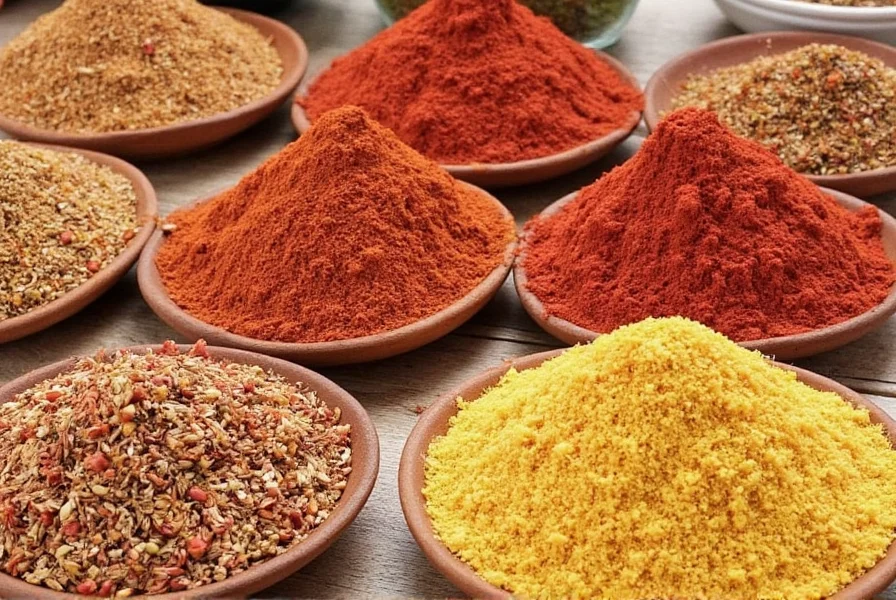
So go ahead, grab a jar, experiment boldly, and let your taste buds travel to the highlands of Ethiopia — one pinch at a time.

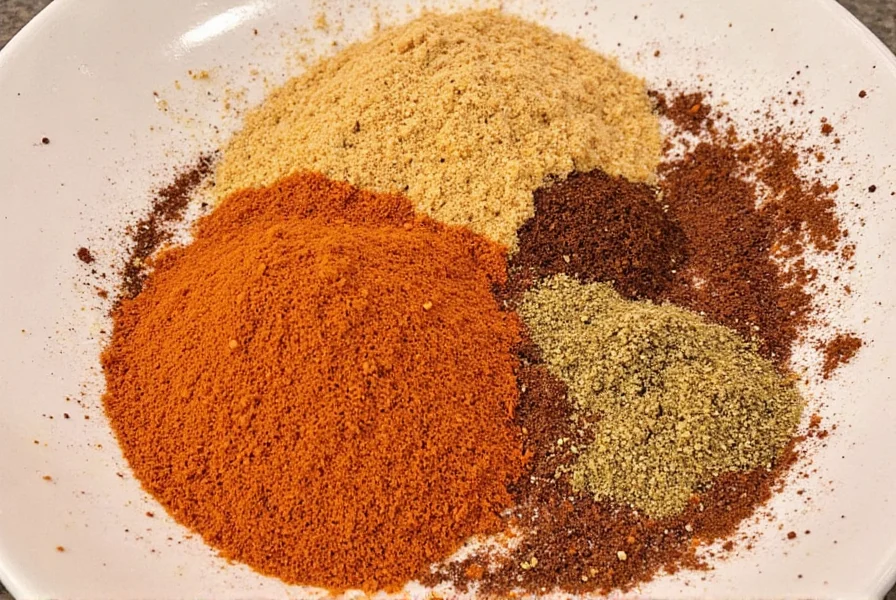









 浙公网安备
33010002000092号
浙公网安备
33010002000092号 浙B2-20120091-4
浙B2-20120091-4